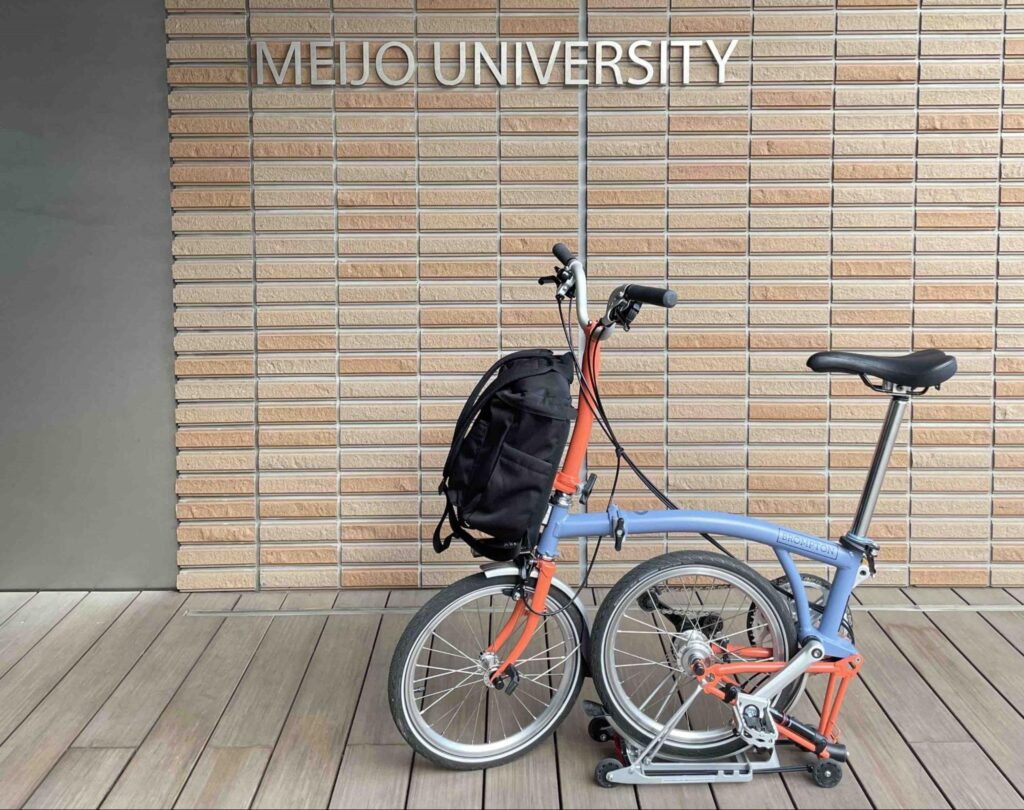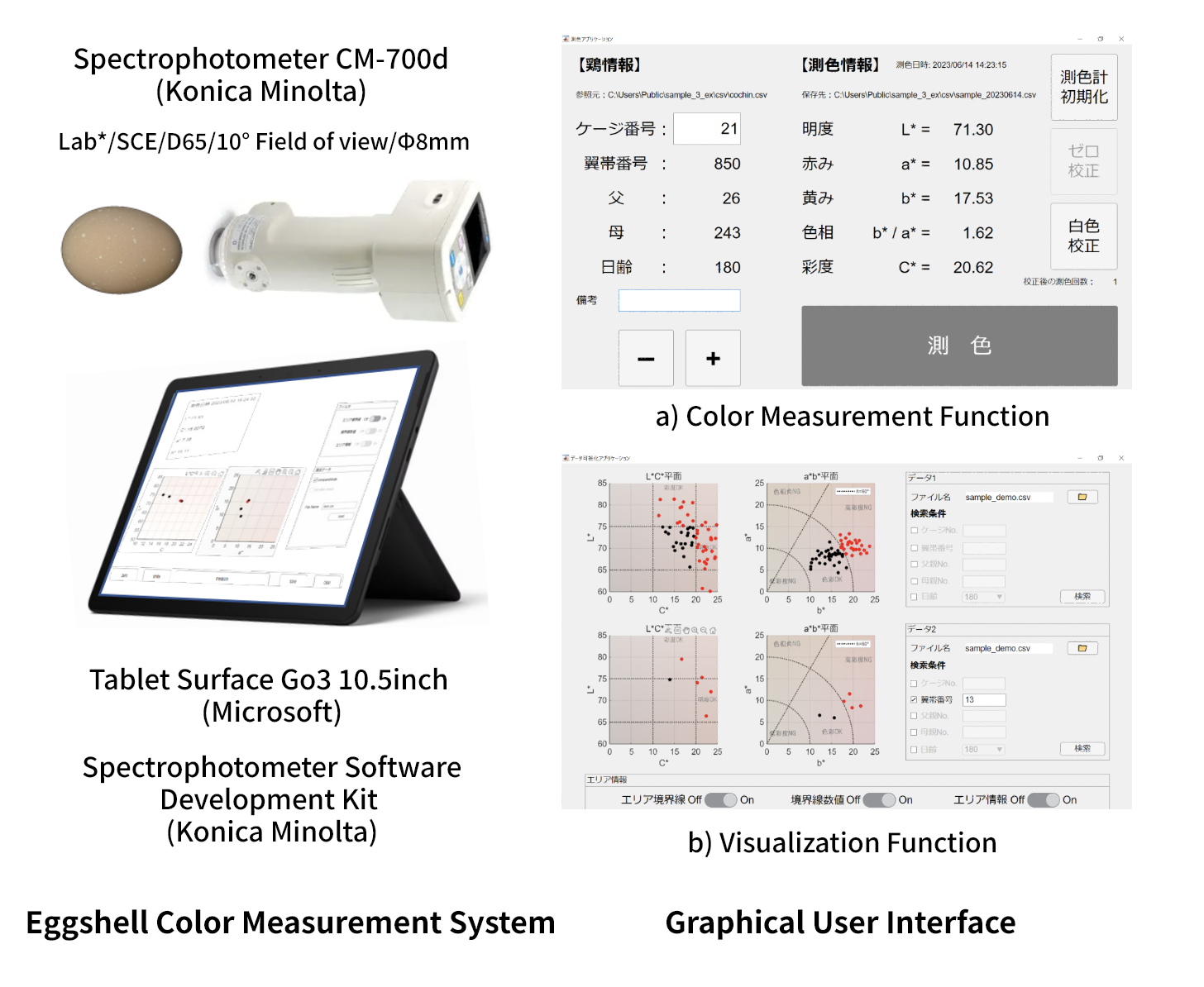With the members of her laboratory in 2020. Professor Mikiko Kawasumi (right).
Could you please introduce yourself?
I studied mathematics as an undergraduate and pursued a master’s degree in Physical Information Systems. After spending 12 years at Toyota Central R&D Labs (the research institute of the Toyota Group) researching neural networks and color information processing, I became a university faculty member.
Because I frequently travel back and forth between Thailand and Singapore for both research and personal reasons, I also plan and lead overseas training programs for the Faculty of Information Engineering. Nagoya is my hometown, where I spent my elementary, junior high, and high school years. I’ve always enjoyed physical activity: I was in the university field hockey club, joined the ski club while working in industry, and recently have taken up golf and cycling.

Could you tell us about your field of expertise and what makes it interesting?
My specialty is Kansei Engineering, which applies human senses and sensibilities to product design and development. The subjects I work with are diverse, ranging from automobiles and home appliances to lighting, communication devices, websites, cosmetics, agricultural products, cityscapes, and smart cities. Much of the research is conducted in collaboration with companies, local governments, and other external organizations.
The genuine excitement and reward of this field come when the technologies we have in the lab for quantifying, analyzing, and designing based on human sensibility (our “seeds”) connect effectively with the social issues and “needs” outside the university. Achieving shared goals together in this way is what makes the work very fulfilling.
What are your recent research themes?
With an automotive parts manufacturer, I’m conducting research using VR goggles to study how emotions change within the lighting environment of a car interior. With a materials manufacturer, I’m working on a project to add new sensory value to Damascus-patterned knives made from multilayer clad steel.


In collaboration with the Aichi Agricultural Research Center, we are developing a system that visually displays an attractiveness score when measuring the unique shell color of Nagoya Cochin eggs. I am also working on research to quantify and model “beauty,” which is often considered one of the most challenging aspects of sensibility to capture.

In what ways do the specialized fields and skills learned at university prove useful after graduation?
From their fourth year onward, students engage in research activities that allow them to experience the complete set of processes required of engineers in professional life: reviewing previous studies, formulating hypotheses, planning experiments, selecting methods, scientifically analyzing and interpreting results, writing reports, and managing schedules and budgets.
Pioneering new paths through repeated information sharing and discussion is never easy. However, the experience of connecting with researchers outside the university, defining roles, and achieving goals collaboratively as a group becomes an immediate asset in any professional field.

What is your impression of the students in the Faculty of Information Engineering at Meijo University?
Many of them strike me as reserved and quiet, tending not to say more than necessary and preferring to avoid conflict. This makes them well-suited to the traditional model of Japanese salaried engineers, and they will likely be valued in that role.
However, considering the uncertain and chaotic times ahead, as well as the need for collaboration with the international community, what will likely be required are individuals who can develop their own ideas and convictions, step forward without hesitation, and express themselves confidently. I hope they will take full advantage of their student years to train themselves and cultivate that kind of attitude.

Information engineering is a tool, and it only becomes beneficial to society when connected to social issues. For this reason, in the Global Seminar course, I organize and lead overseas training programs that provide students with the opportunity to encounter strikingly different values and perspectives—ones that are often overlooked while living in Japan. These programs also expose them to a wide range of social issues and encourage them to reflect on their own position in the world.
We have been continuing these overseas training programs since 2015, and many global engineers have since emerged.


